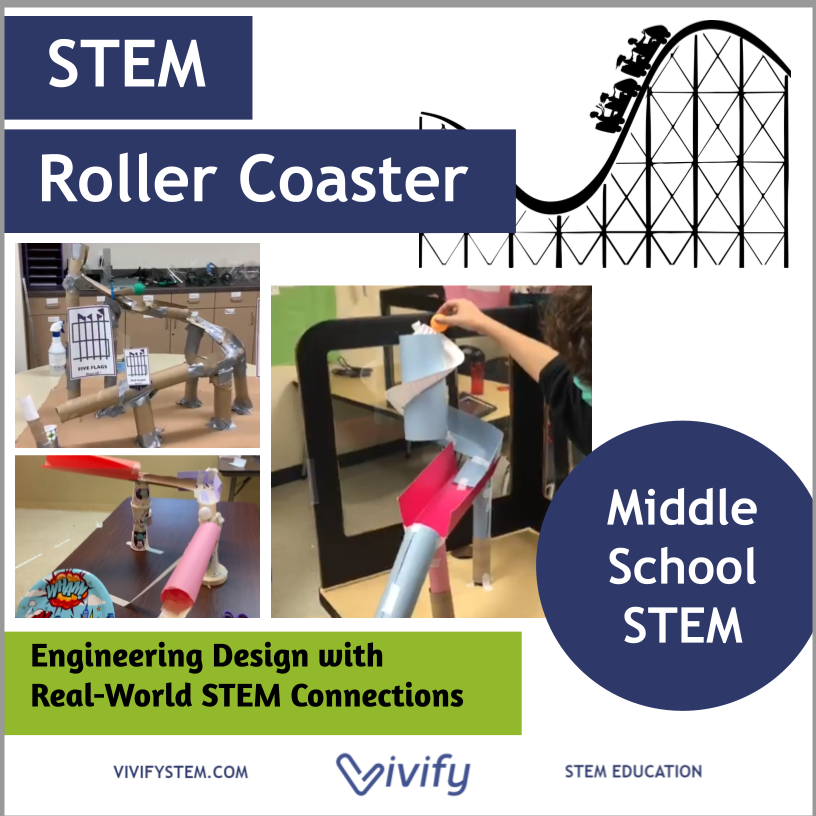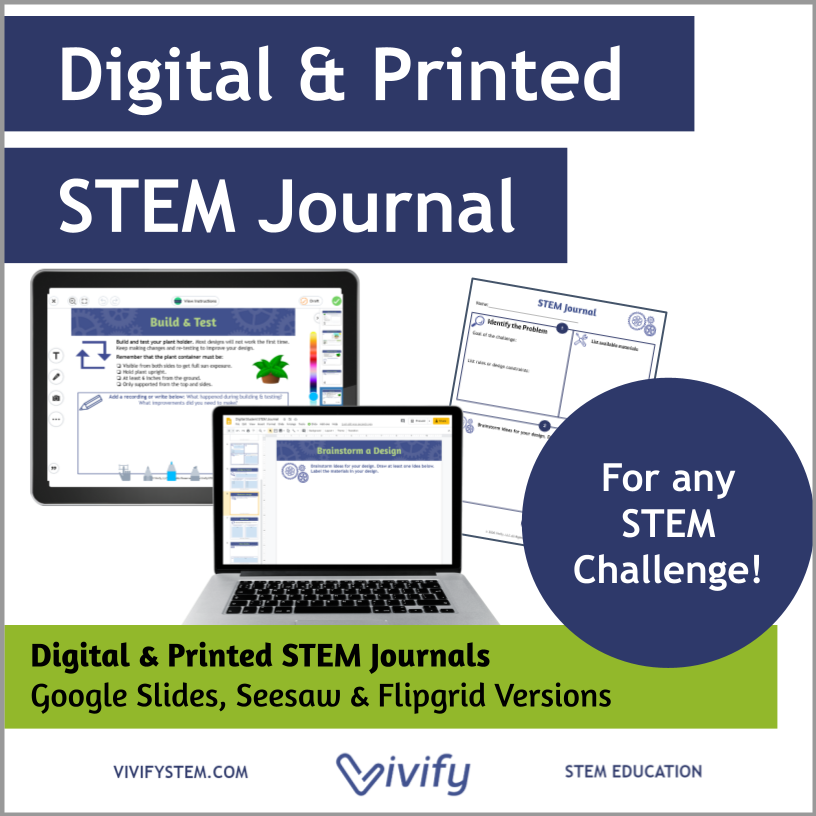Roller Coasters (Activity + Instructional Video)
Originally Posted: April 1, 202
Updated: May 2024
Type: STEM Activity
Grade: 2-8
Mission: Design a safe and fun roller coaster using available materials. Watch the video for 3 levels of challenges.
Materials Needed: Watch the video for ideas of materials to use around the house.
Scissors
Tape
Materials for a track such as paper, newspaper, construction paper, cardboard (cereal boxes, tissues boxes, etc), paper plates, and toilet paper rolls.
Materials for a support structure such as cereal boxes, rolled paper (newspaper, construction paper, magazines), or even a chair will work.
Something spherical and lightweight such as a ping pong ball, bouncy ball, marble, or uncooked chickpea/garbanzo bean.
Watch Instructional Video: STEM Space At Home is a video series led by an engineer using materials you can find at home. The videos are intended to support elementary and middle school students through fun engineering design challenges with a real-world connection. Find all episodes here.
STEM Space At-Home is brought to you by Vivify STEM and Communities In Schools of San Antonio through the NASA program “New Worlds Await You” led by the WEX Foundation.
Check out the video below of middle school student submissions of the Roller Coaster STEM challenge! Students are part of the Space Club program - open to any middle school site. Click here to join including training and curriculum.
Additional Resources:
Virtual Disney World: Watch a 360 degree video of popular Disney roller coaster rides!
Truss Me! Download this app to virtually design and test structures similar to a civil engineer.
Related Vivify Lessons
Are You Struggling to Find High-Quality STEM for Your Classroom?
We can help! Move beyond repetitive building activities and elevate your STEM classroom with authentic, inquiry-based units that are standards-aligned and classroom-tested for high-impact STEM learning!
Join today to access 200+ STEM resources and a full-year scope and sequence for grades K - 8 that promotes innovation, problem-solving, and an integrated approach to engineering learning.






